The plastic pollution problem in charts

The total volume of all plastic ever produced has been calculated at 8.3 bn tonnes (the equivalent of 25,000 Empire State Buildings, or a billion elephants)
The total volume of all plastic ever produced has been calculated at 8.3 bn tonnes (the equivalent of 25,000 Empire State Buildings, or a billion elephants)
For the last couple of months, there is an ongoing campaign against plastic pollution, featuring shocking images such as the ‘seas of plastic’ or those of wildlife trapped in plastics and of course drawing attention to the dreadful scenario that by 2050, there could be more plastics than fish in the oceans. Marine life is facing "irreparable damage" from the millions of tonnes of plastic waste which ends up in the oceans each year, warns the UN, with UN oceans chief Lisa Svensson recently telling BBC that "this is a planetary crisis... we are ruining the ecosystem of the ocean". And all of this because plastic, that as we know it has only really existed for the last 60-70 years, was originally designed to last and as a result nearly all the plastic ever created is still out there in some form today as it can take hundreds of years to biodegrade.
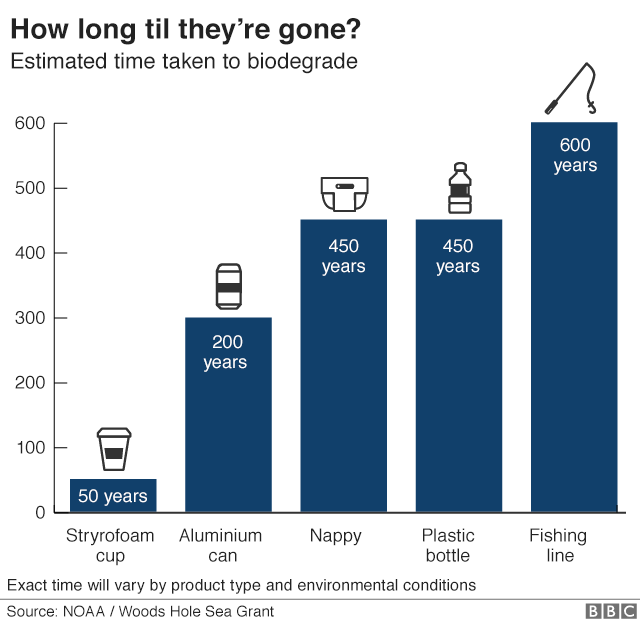
Out of an estimated 8.3bn tonnes of virgin plastic that has been produced to date, some 6.3bn tonnes is now waste - and 79% of that is in landfills or the natural environment.
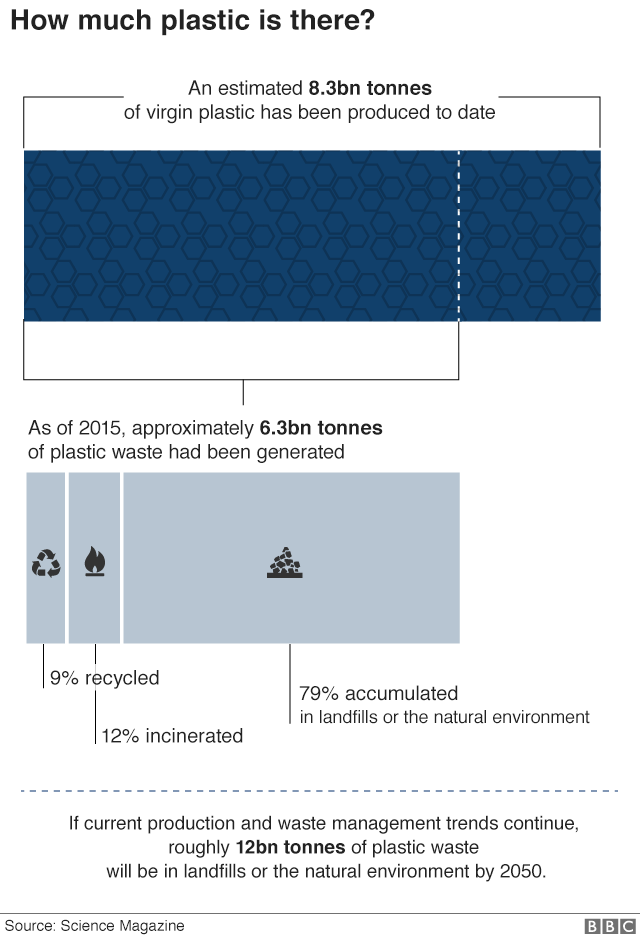
Plastic drink bottles
Among "single use" plastic items that are thrown away soon after their use, drink bottles are the backbone of the problem: 1 million plastic bottles are bought every minute, while less than 50% of them will be collected for recycling and a minor 7% will be turned into new bottles.
Ocean pollution
Estimations put the quantity of plastic currently ending up in the oceans each year at about 10m tonnes. Five gyres have been formed around the globe, having higher concentrations of plastic waste than other parts of the oceans, as whirlpools of water trap it in their currents. The best known is probably the North Pacific gyre and it is estimated that debris takes about six years to reach the center of this gyre from the coast of the US, and about a year from Japan. A clean-up project of the North Pacific gyre has been programmed for 2018, with the non-profit organization Ocean Cleanup (and its floating structure for waste collection) leading the operation.

The impact on marine life and humans
For sea birds and larger marine creatures like turtles, dolphins and seals, the danger comes from being entangled in plastic bags and other debris, or mistaking plastic for food. Plastic bags, once consumed, cause internal blockages and usually result in death. Larger pieces of plastic can also damage the digestive systems of sea birds and whales, and can be potentially fatal. But plastic degradation is another silent enemy, as over time, plastic slowly breaks down into tiny micro-fragments that can result in malnutrition or starvation for the fish, and lead to plastic ingestion in humans too (with the effect of eating fish containing plastic on humans still being largely unknown). It is worth noting that in 2016 the European Food Safety Authority warned of an increased risk to human health and food safety "given the potential for micro-plastic pollution in edible tissues of commercial fish".
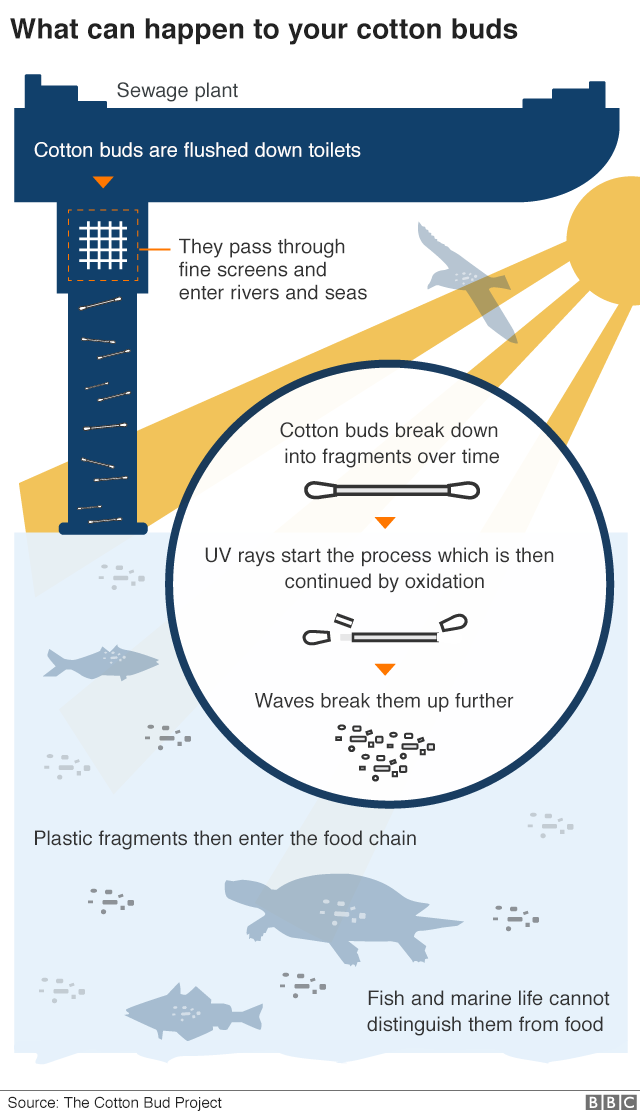
Source: BBC
Want to read more like this story?

By 2050, there could be more plastics than fish in the oceans!
Mar, 04, 2016 | NewsIn a business-as-usual scenario, the ocean is expected to contain 1 ton of plastic for every 3 tons...

A floating structure aims to pull plastic from the world’s oceans
Jun, 10, 2016 | NewsThe project’s next big target is the obliteration of the Great Pacific Garbage Patch The pr...
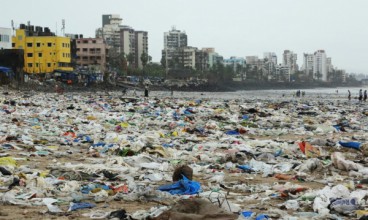
Indonesia pledges $1 billion annually to tackle ocean pollution
Mar, 22, 2017 | NewsThe country is the second largest plastic polluter in the world after China The country is the se...
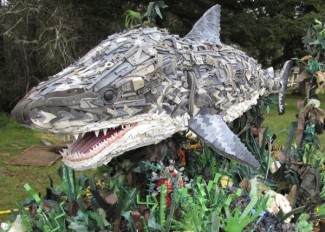
Giant sculptures made entirely out of plastic found on our beaches
Apr, 13, 2016 | NewsTime to reconsider the use and end-of-life management of plastic Time to reconsider the use and e...

A light aircraft flew more than 500 miles using fuel partially originated from plastic waste
Mar, 08, 2017 | NewsThe initiative ‘On Wings of Waste’ aims to raise awareness about plastic waste recycling...
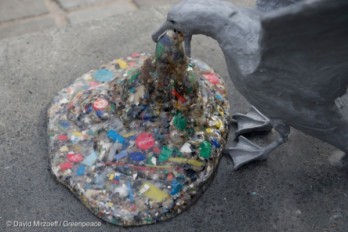
A sculpture outside London’s National Theater highlights the issue of plastic pollution in our oceans
Apr, 26, 2017 | NewsThe work of the renowned marine sculptor Jason deCaires Taylor is called ‘Plasticide’...

Want to start your own business? Try a plastic recycling workshop!
Apr, 18, 2016 | NewsA 28-year old Dutch has developed machines to recycle plastic, and their blueprints are free on line...
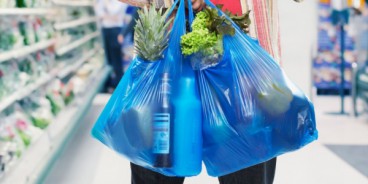
France bans common plastic bags from supermarkets
Jul, 20, 2016 | NewsThe ban is in effect since the 1st of July and covers single-use plastic bags mostly used in superma...

New study shows that plastic waste can replace sand in concrete
Sep, 21, 2018 | NewsAccording to researchers from Bath University, waste plastic can replace some of the sand used in co...
Trending

Vertical gardens in Mexico City to combat pollution

Characteristics of Load Bearing Masonry Construction

Taipei 101’s impressive tuned mass damper

Saudi Park Closed After 360 Big Pendulum Ride Crashes to Ground, 23 injured
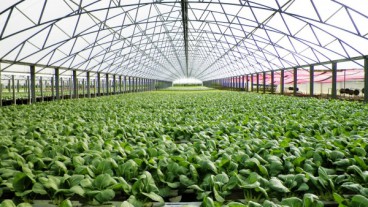
Dutch greenhouses have revolutionized modern farming
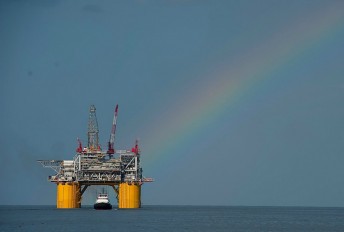
Federal court rules Biden’s offshore drilling ban unlawful


